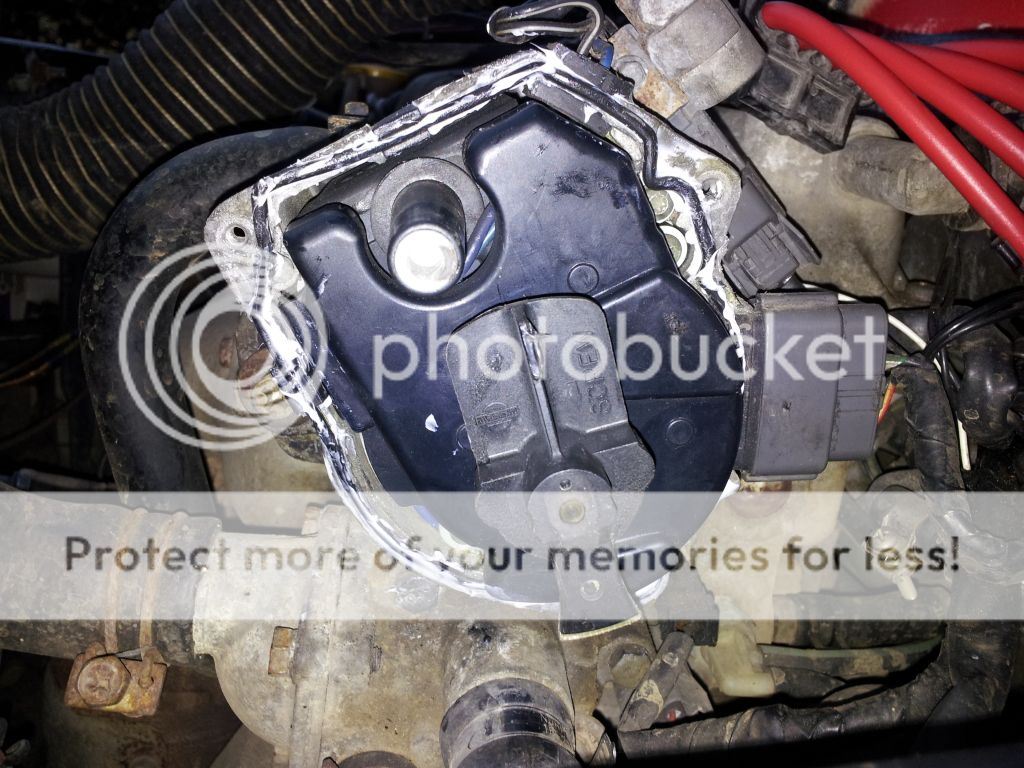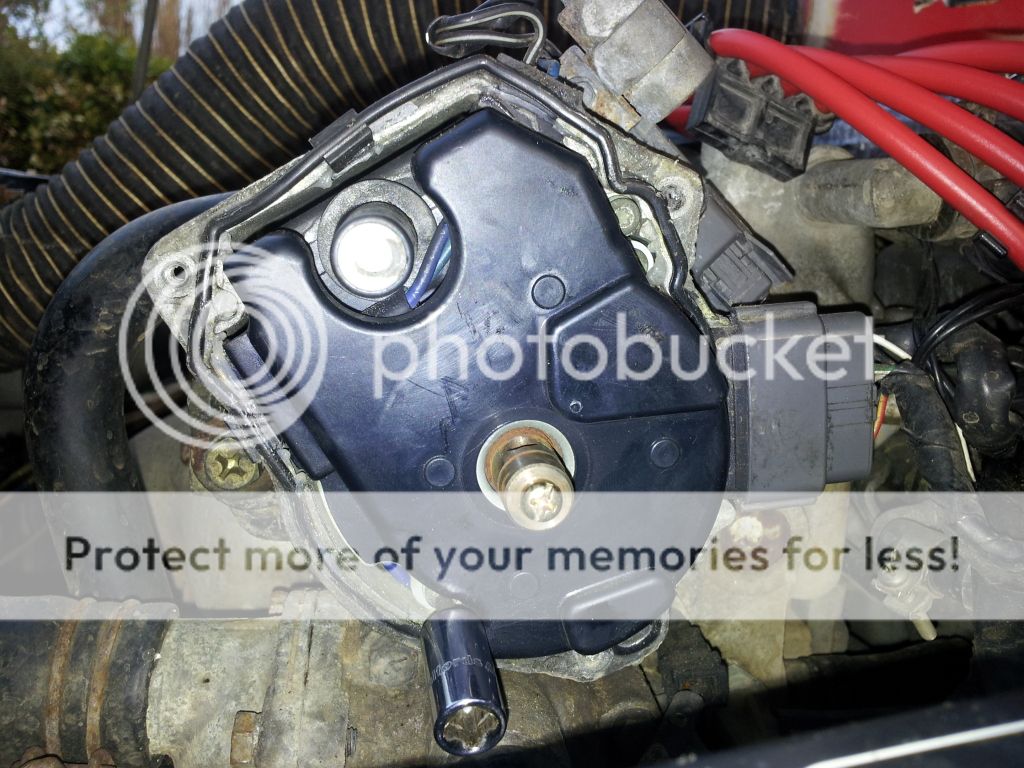Not again. If you want to accelerate an object, you need have some force pushing it. That force you get from wheel torque.
Acceleration is defined as:
F = m * a, or in other way a = F/m (the bigger the force or lower the mass means higher acceleration)
Torque is defined as:
t = r * F, or in other way F = t/r
If we then substitute the F in a=F/m, it goes like
a = t/(r * m)
So the acceleration is dependent on torgue to axle, tire radius and vehicle mass. Of course in order to accelerate you need to have more power (not torque) than is needed for friction losses and air drag.
You seem to be slightly confused in your application of the above which although what you have said is correct it doesn't explain anything. All you have said is that if you apply more turning force to something that is accelerating it will accelerate faster, or if its lighter it will accelerate faster, but that's obvious.
What you really should be talking about is power. You can apply torque to something stationary and it not move. Thus no work, or energy has been transferred to whatever it is your attempting to do, and hence wont be moving. You would be better of dropping the whole torque discussion, and instead speak of power which is by definition work done/transferred/used.
To put it really really simply in order to accelerate anything, you provide it with energy aka power. The more power you apply the faster you can accelerate what ever it is you are trying to move.
Its fairly widely known I hope, that there are two basic ways to increase the power output of an engine. You can increase revs, or increase torque. Doing either results in more power (obviously).
Motorbikes take the approach of increasing revs - big engines are heavy. Many cars traditionally take the route of increasing torque by means of larger engine capacity either by engines or with turbos etc.
But once that power leaves the engine, In order to accelerate at the greatest rate we need to choose a gear box and ratios that make the most use of the power from the engine, and that isn't the point of greatest turning FORCE from the engine. Its the point of greatest POWER produced by the engine.
Lets throw in some numbers:
If your car makes 100lb/ft at 3000 rpm, but 80lb/ft at 6000 rpm, your going to accelerate much quicker by changing gear around 6-7K and keeping the car in the power band, not by changing gear at 3000 rpm even though torque is higher. Its obvious when you work out power. At 3000 rpm your only making 68hp ((100x3000)/5252). At 6000 rpm you would be 91hp ((80x6000)/5252). As already started power is what moves something, and since torque is in this case a component of power people seem to get confused with the difference.
Gearboxes allow you to convert the ratio of torque/vs/rpm for a given power input. We just want to keep the gearbox power input as high as we can for as long as we can whilst choosing the ratios on the output to keep the engine within this area of maximum engine power output, and thus achieve maximum vehicle acceleration. Torque is a by product of all this.




